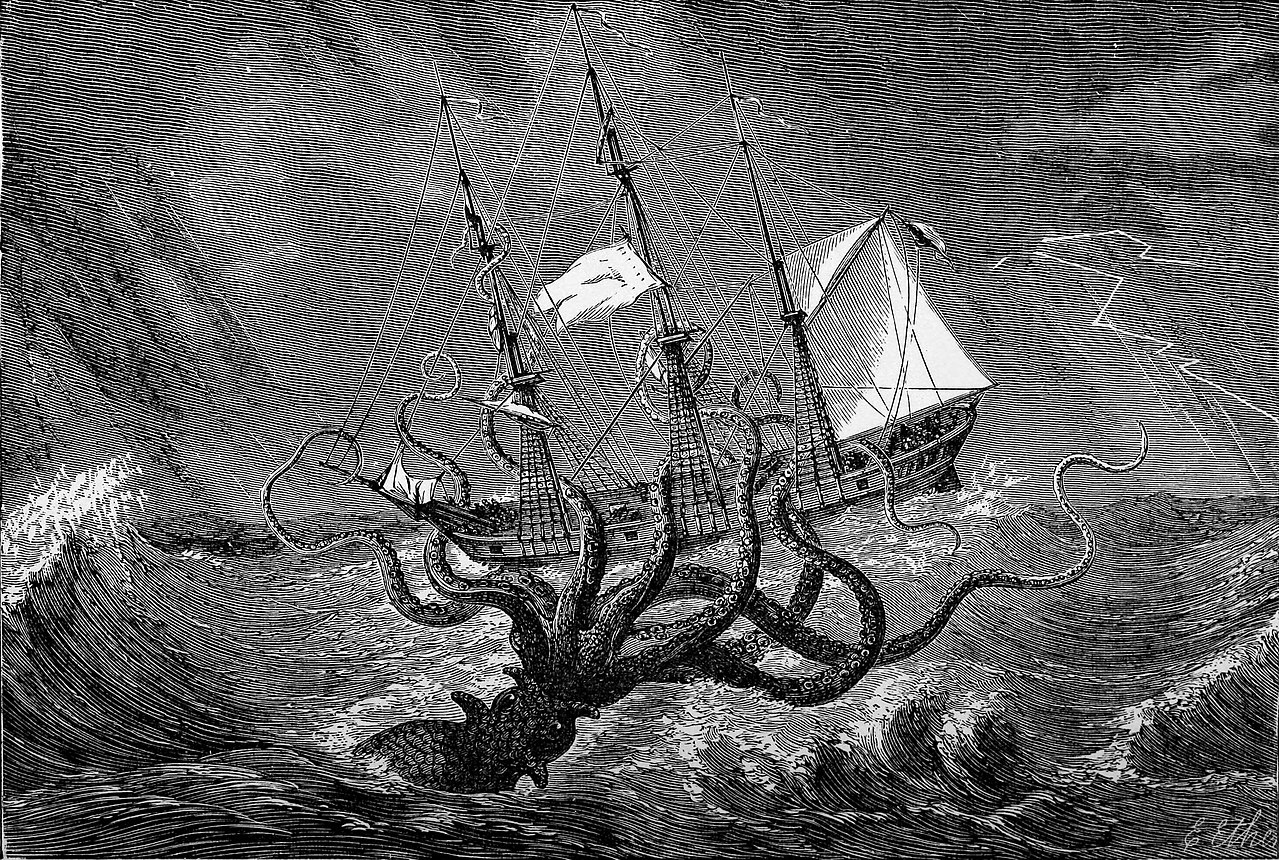The Kodiak Dinosaur: What Was It?
One of the most intriguing “sea monster” stories of recent times has got to be what has become known as the Kodiak Dinosaur or the “Kodiak Island Dinosaur”. It is based on a sonar hit from a fishing boat that suggested a marine creature of impossible size passing under the hull. At twice the size of a blue whale, could the size estimate of this strange animal be accurate, and if so, what was it?
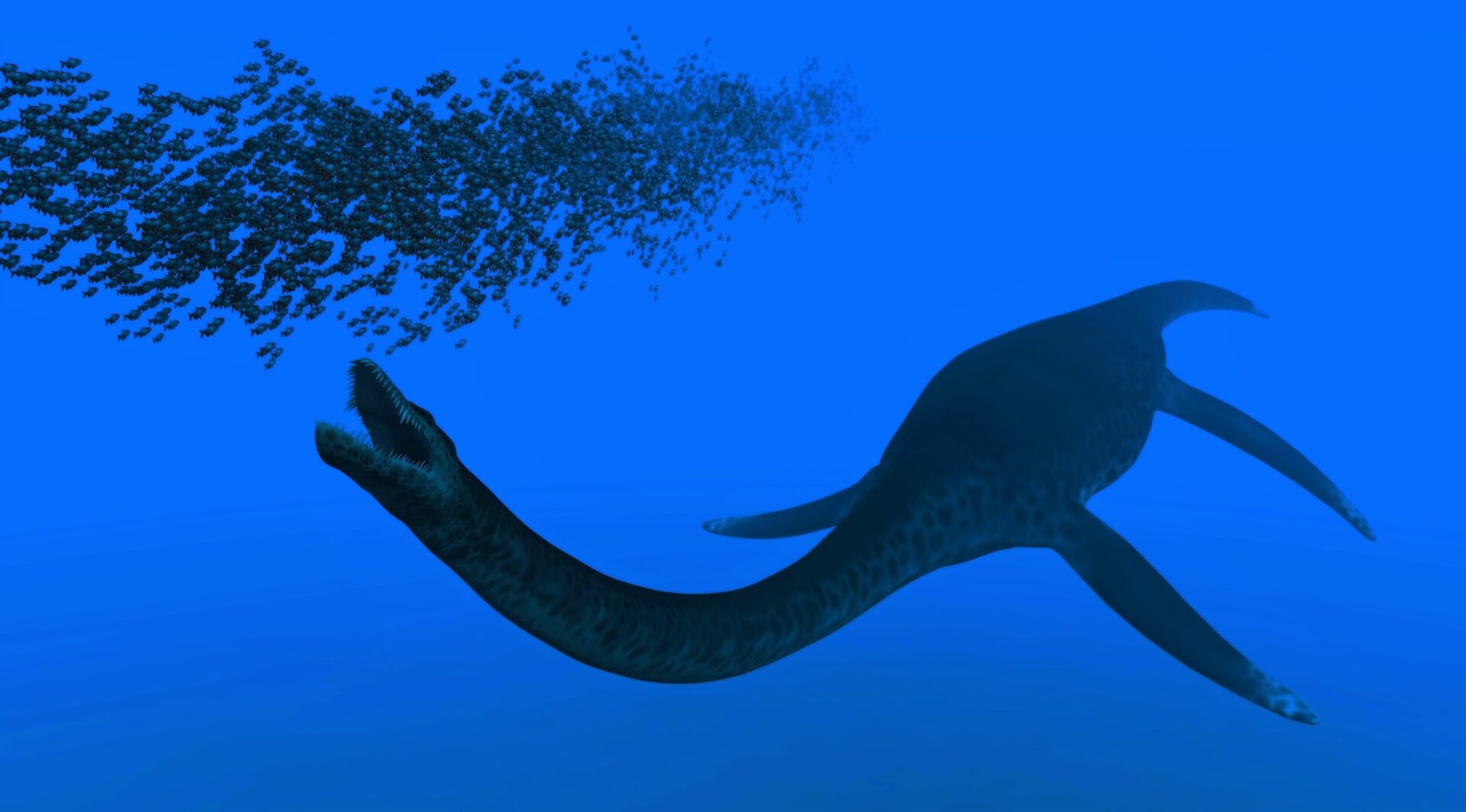
THE FACTS
According to the sources I perused, on April 15th, 1969, a 65-foot shrimping boat known as the Mylark was working Raspberry Straits, off Kodiak Island, when it recorded something unusual on its echo sounder. The sonar device in question was a Simrad EH2A¹, then considered state-of-the-art, and used by commercial fishing vessels of that era to navigate and to locate schools of fish.
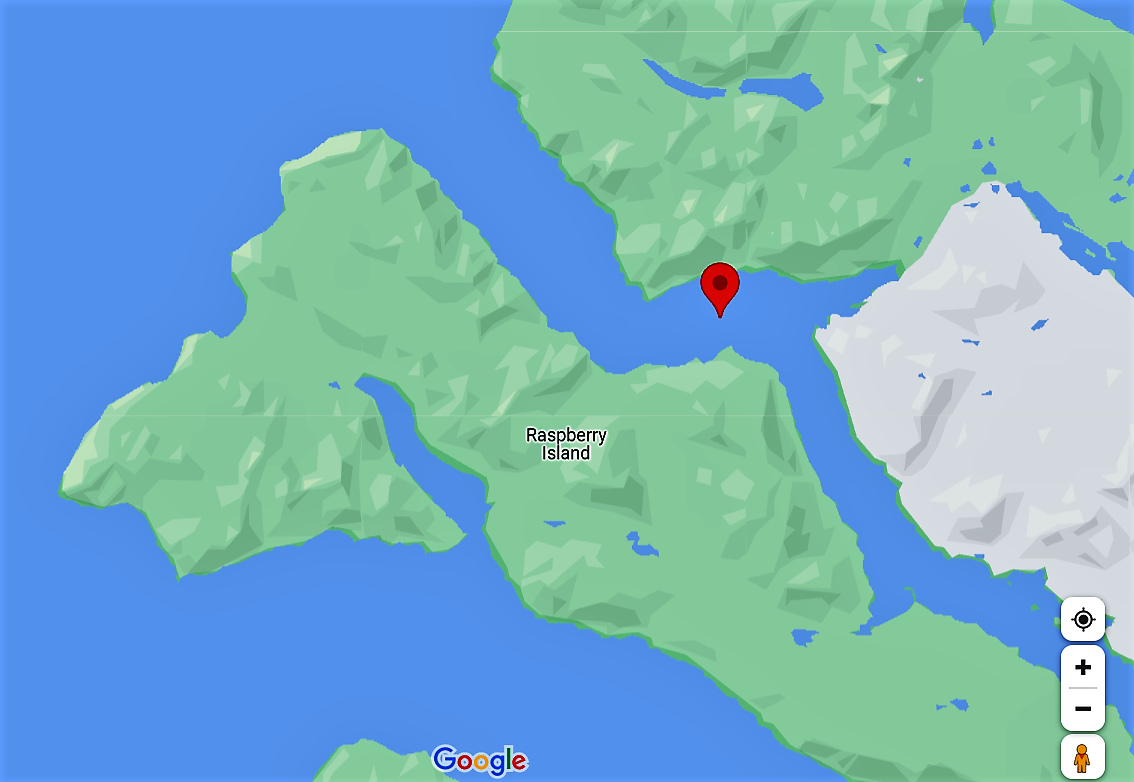
The Mylark was dragging for shrimp when, according to skipper Chet Petersen, what he believed to be an enormous organism passed underneath their boat at a depth of 330 feet (55 fathoms). Size estimates for the creature vary from website to website, with the most common ranges being between 150-180 feet, although some have listed it at 200 or even more.

Said estimates have been based on the original readings from the Simrad, and were confirmed via measurements taken from an echogram (printout) that the system spat out. Since then, this printout has – rather inconveniently and, I might add, a bit stereotypically – been “lost”. Naturally, with this crucial piece of evidence missing, it makes it difficult to determine what it was.
Or does it?
ALTERNATIVE VERSIONS ADD TO THE MYSTERY
In addition to the sonar printout vanishing, there have been other complications. Besides the invariable potential size discrepancies, there has been another variation in regard to the story. In this one, the creature in question was not suspended in the water beneath the boat, but rather, was hovering directly above the bottom. ² This is difficult to address, as the depth in the straits varies. Again, without the original sounder image we’re left in a bit of a bind.
MISSING SONAR IMAGE POPPING UP ON WEBSITES?
Back in 2014, I personally saw and studied multiple images of the Kodiak Dinosaur echogram, online, on several websites. I saved the URLs of at least one in a file, with the intention of referring to it at a later date as a reference in one of my novels. That said, and being an artist with an excellent visual memory, I am more than a little familiar with what this now-missing image looked like.
In recent months, when I revisited those websites (and others) I was treated to the image shown below. According to an assortment of blog posts, this is purportedly the echogram printout recorded on the Mylark that day, or at least has come to be accepted as such.
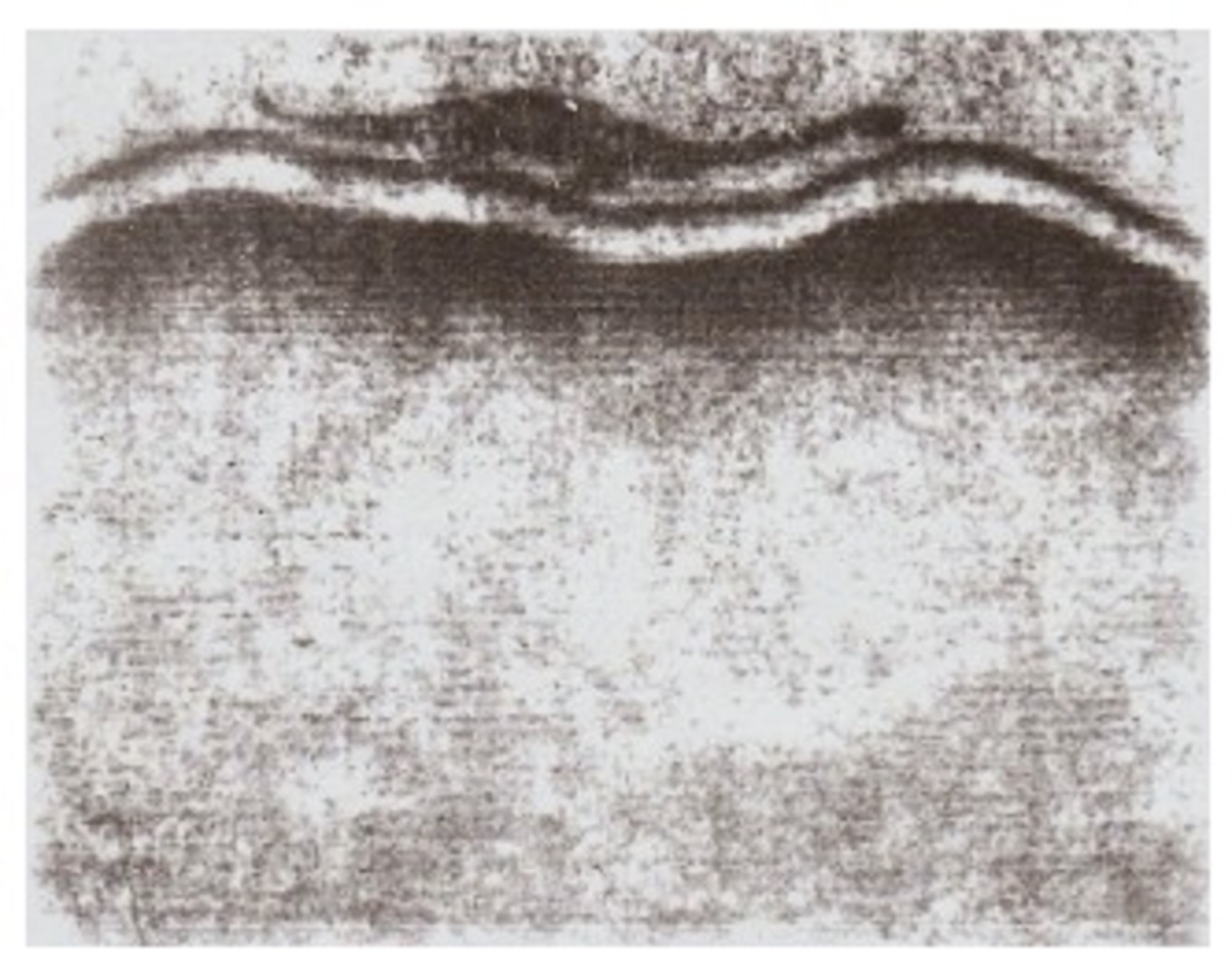
Let me tell you in no uncertain terms, that is NOT the echogram image that I reviewed back in 2014. In fact, it looks nothing like it. The image I saw was of an organism that was almost perfectly straight in terms of its movement as it traveled through the water. Its body moved in a straight line. I’m not referring to its contours/overall shape, mind you, which I will touch on shortly. In addition, the image I saw was moving parallel to the bottom but was a decent distance above it, suspended almost evenly between the bottom of the boat’s hull and the seabed. Believe me, I own a boat and I know sonar. What I saw back in 2014 was night and day compared to the image above.
MYSTERY OF THE MISSING ECHOGRAM
So, if that purported sonar printout is not the one from the Mylark, what is it and where is the original?
It’s simpler to address the latter question; so, let’s do that first. After seeing what I am 100% sure is an impostor or replacement image, what happened to the original? Obviously, I can’t begin to venture as to what happened to the physical echogram (it’s probably in a warehouse next to the Ark of the Covenant), but I am of the opinion that the original image that graced multiple websites has been redacted. This isn’t the first time it’s happened. Nasa has formally redacted satellite images from the Web in the past.
How do I know this? Well, for one thing, I know what the original looked like. But after mentioning the image switch on a social media post, I was encouraged by a reader to utilize the “Wayback Machine” website in an effort to try and see old screenshots of the website – shots that would go back to when I’d seen the original images. I tried. It was unproductive.
That said, although the Cryptopia site maintains that the image was lost, the Kodiak Maritime Museum site features what I refer to as the replacement image. I would point out that their article is dated March of 2015, which is, again, after I saw what I believe was an image of the genuine echogram.
EVIDENCE SUGGESTING THE ECHOGRAM IS A FAKE
As I already stated, first and foremost, I know what I saw. As I described above, the sonar target/organism was suspended and was moving parallel to the boat and seabed. I took a moment to do a sketch of the echogram image, based on what I can recall. It had a very distinctive appearance, and to my best recollection, it looked very much like this:
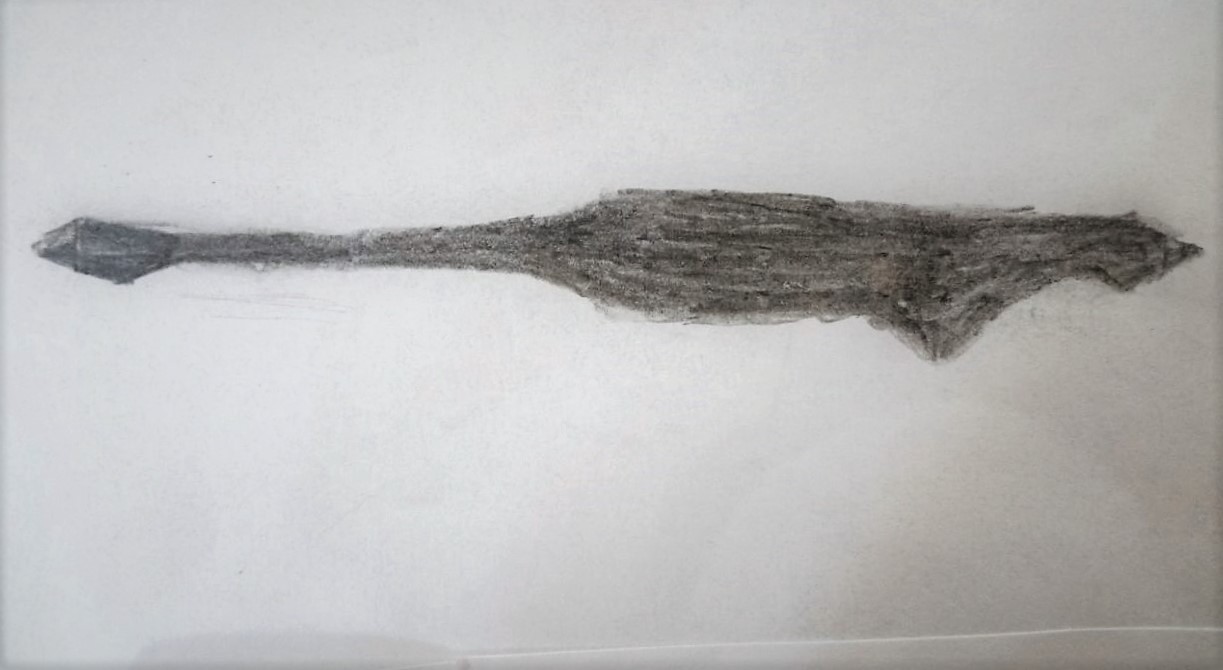
According to paranormal investigator Ivan T. Sanderson (see the Cryptopia link) he estimated the creature on the echogram to be 15’ across its thickest point, and 3-4 feet thick across what he surmised to be its “neck”.
Again, the image I drew is what I recall seeing on the echogram. There was a small “head” on the far left, a long narrow “neck”, a large “body”, what appeared to be one (or more) short, triangular “fins” toward the other end, and either a short “neck” or “tail” coupled with what could have been a small “head” at the far right side (opposite end).
I remember looking at this and thinking, “This can’t be a plesiosaur. If it is, where are the front paddles? They can’t elevate as high as the rear set, so if the head is on the left, at the end of a long neck, we’re missing fore flippers.” At that point, I also considered the popular theory that it might have been a Basilosaurus-type prehistoric whale of Brobdingnagian proportions. That might explain the small head on the extreme right, and maybe also those wedge-shaped parts (which could be fore-flippers), but the gradation between the body and the caudal region seems off – too sudden – and that “head-shaped” part at the far left just does not shout “whale flukes” to me.
ANALYSIS OF THE “REPLACEMENT” ECHOGRAM IMAGE
I am of the firm and considerate opinion that the supposed sonar image now available on the web is a manufactured hoax. Hoaxes are common as anything these days – especially when it comes to “monsters”. We’ve seen well-made Bigfoot and Yeti videos that turned out to be men in suits, photos of a supposed Megalodon tied to the side of a fishing trawler that ended up being enlarged, Photoshopped pics of a dead great white, and oodles more. So, let’s look at this echogram image and see if it passes the muster.
The image is obviously intended to appear as a marine reptile of some kind, a la the Loch Ness Monster. In fact, as sonar images go, the outline is a bit too good. Especially for 1969. We can see a tail to the left, a large body in the center, four rounded flippers, and a long neck with an easily distinguishable head. Presumably, it’s a plesiosaur of some sort, as we all know that sauropods were land-dwelling animals, and were incapable of spending their time hundreds of feet down on the seabed hanging out (where their lungs would’ve collapsed, per the experts).
So, is it a living plesiosaur? Being a bit of an authority on that clade of marine reptiles, I took the liberty of taking a modern and anatomically accurate reconstruction of the elasmosaur Thalassomedon by the talented Scott Hartman, and lined it up for comparison.
First, let’s look at the body proportions. Unlike pliosaurs, which had tails that generally matched their large heads and necks in length, to balance out fast changes in direction, long-necked plesiosaurs, AKA plesiosauromorphs, had relatively short tails. When we examine the caudal (tail) region of our two specimens (“A”), as well as the first red line on the left of the echogram, we can see that the tail on the purported Kodiak Dinosaur is far too long. In fact, it appears more like an actual dinosaur (sauropod) than a plesiosaur.
Similarly, when we examine the markers for the beginning and end of the body (“B” and both red lines), we see that the body is disproportionately large. It also has a humped or curved look to it, which I have yet to see in any plesiosaur species. Their bodies were more like those of sea turtles – wide, shallow dorsoventrally, and streamlined. The four paddles or flippers are too rounded in the sonar image, and the neck is too short compared to our reference specimen. The sonar reading appears more like a stereotypical fantasy image of a plesiosaur, in my humble opinion.
The cherry on the proverbial sundae, however, is the “head” on the far right – directly above “C”. Plesiosaurs were piscivores, meaning fish eaters. Their long necks were topped with small heads that tended to be about the same thickness as the anterior-most portions of their necks. Per my previous research, this allowed them to overcome the lateral line “alarm systems” of the fish they preyed upon, so they could swim behind schools and “graze” on members at the rear of the school. Unable to take bites out of larger prey items, they fed on fish that were around the size of their heads.
In the case of the sonar image, we’re treated to a rather bulbous, oval-shaped head. All jokes aside, it looks like something one would see on an episode of “The Flintstones”: i.e., “Dino”, or the big Brontosaurus that Fred slides down when he gets off work. Who knows? If my suspicions are correct and this image is a fake, maybe the artist who crafted it used to watch the show. I wouldn’t be surprised.
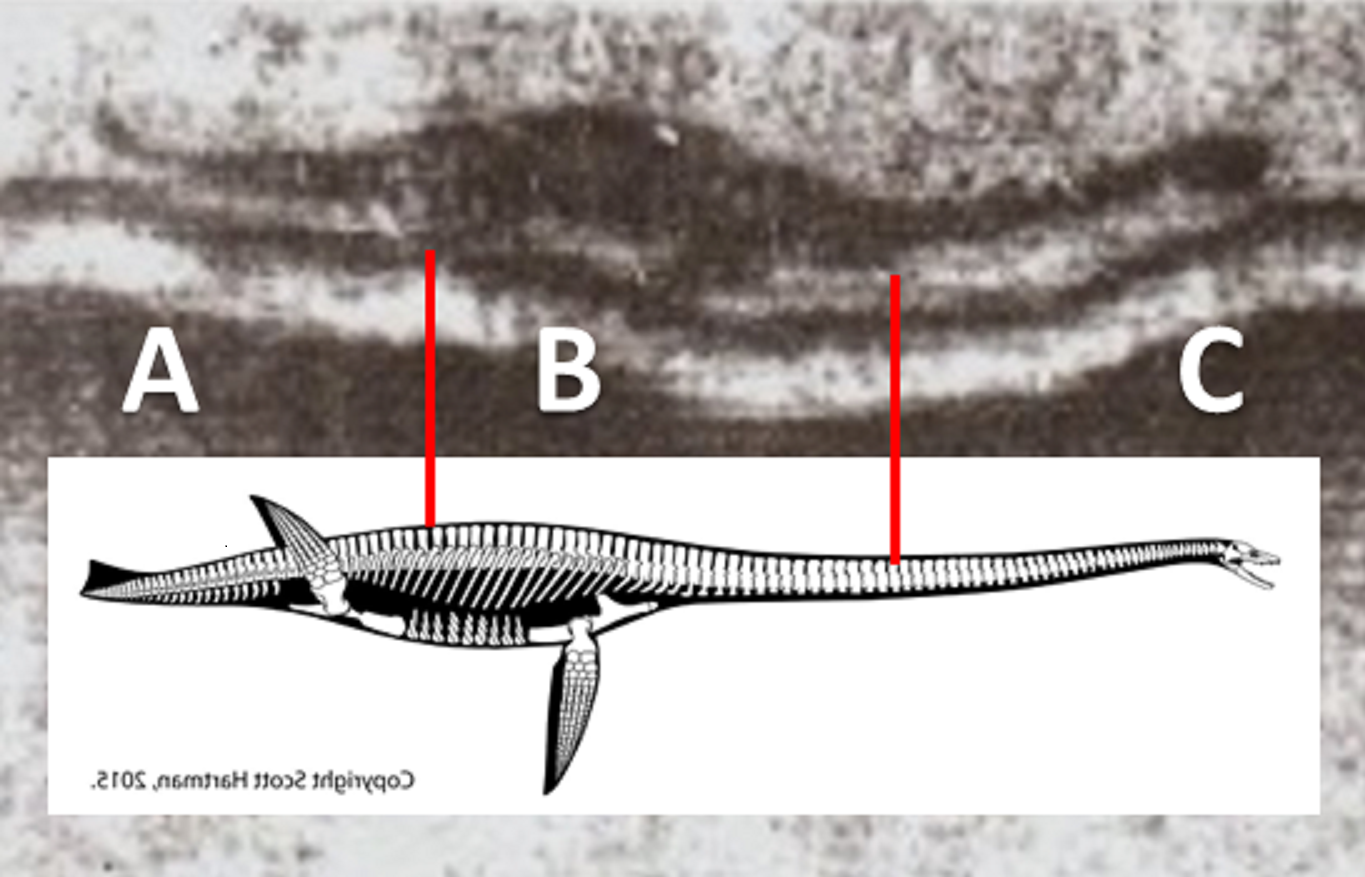
Oh, and lest I leave a stone unturned, let’s keep in mind that, as I mentioned, plesiosaurs fed on schooling fish. I calculate that, based on the image, the head region is around 1/12.4 of the supposed animal’s overall length. That means the “head” itself would be around 16 feet long. In what universe is a 200-foot plesiosaur finding schools of fish to pursue that average that size? Even bluefin tuna don’t get that big. At least, not normally. Usually, they’re much smaller. So, what would this supposed creature eat?
All things considered; I think we can safely dismiss the popular replacement echogram image.
IF MY DRAWING OF THE KODIAK DINOSAUR IS ACCURATE, WHAT WAS IT?
I’ve added my sketch of the echogram again, for ease of reference. But this time, I added something to it. Something a 1969 sonar machine wouldn’t show. An eye. Does it appear differently now? The overall shape, the body type . . . to me, it screams “squid”.
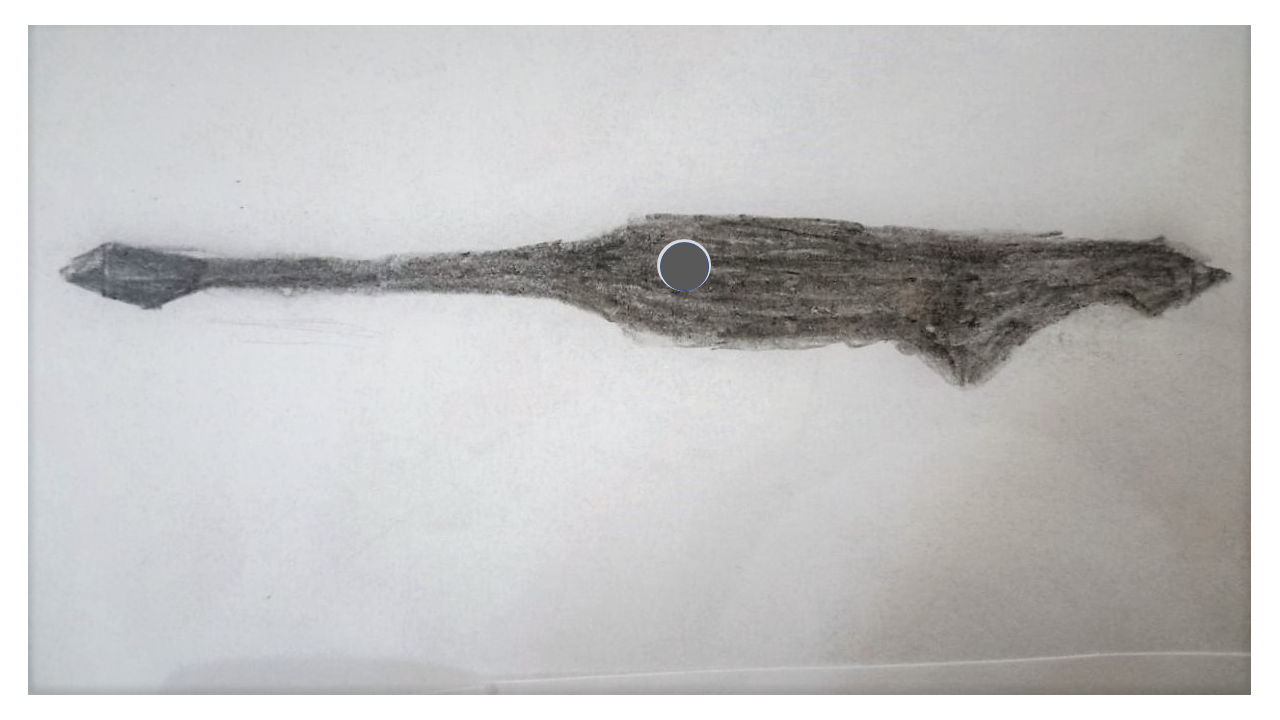
If you think about it, it makes perfect sense. The long tentacles, flowing behind a mega-squid would appear as a neck. The clubs at the end of those tentacles, a “head”. The triangular caudal fin, which undulates in a wave-like motion to provide propulsion, and which would’ve been caught in a veritable “snapshot” by the sonar reading, would create the illusion of just one set of flippers, with the tapered area to the far right being the terminus/apex of the mantle. The lateral view image (below) of a Colossal squid Mesonychoteuthis hamiltoni (found in frigid waters like the Antarctic) bears an uncanny resemblance to my drawing of the original sonar image. (Note: the squid illustration features a mantle that is inflated, i.e., filled with seawater, prior to expulsion through the siphon. Deflated/normal it would be far slimmer)
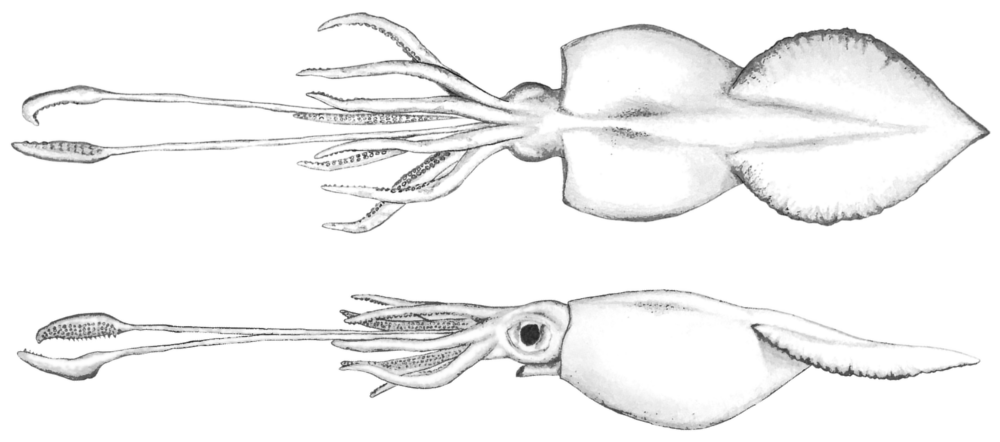
There have been numerous sightings of gigantic squid over the years, from the one that sank the schooner Pearl back in 1874, to the one that attacked and damaged the destroyer USS Stein in 1976. The size estimate of the Kodiak Dinosaur is on par with both of these sightings, as well as the WW2 Starkey incident, wherein the squid surfacing beside his naval trawler was estimated at over 175 feet in length.
In summation, and to answer the question: “The Kodiak Dinosaur: What Is it?”, if I had to make an educated guess, I would say the creature that passed underneath the Mylark that day was not some extinct cetacean, nor a plesiosaur, nor “Barney” the dinosaur. It was a monstrous cephalopod. In fact, if I manage to get my hands on an unredacted copy of the original echogram, I could probably all-but prove it.
WHY WOULD THE ORIGINAL SONAR IMAGE BE REMOVED?
Probably the same reason why Demetrius, a gentleman I interviewed for Monsters & Marine Mysteries, and who witnessed an 80-90-foot octopus off Sanibel Island, was told by the harbor master that they already knew about the creature. According to Demetrius, he and his friends were told it had been there for days, already, yet nobody was warned. I am of the opinion that governments don’t like people obsessing over monsters, be they Bigfoot snatching people in the woods, or big, scary things swimming around that could drag a 65-foot fishing boat to the bottom.
At the risk of being called a “conspiracy theorist” – a badge of honor these days, as more and more so-called “conspiracies” are being proven true – I believe the echogram was removed deliberately. I believe it is hard evidence that strongly suggests (if not proves) that these squid are out there. I think “big brother” is well aware of the existence of these animals; they simply don’t want the general public to know.
At least, that’s my opinion.
Max Hawthorne
